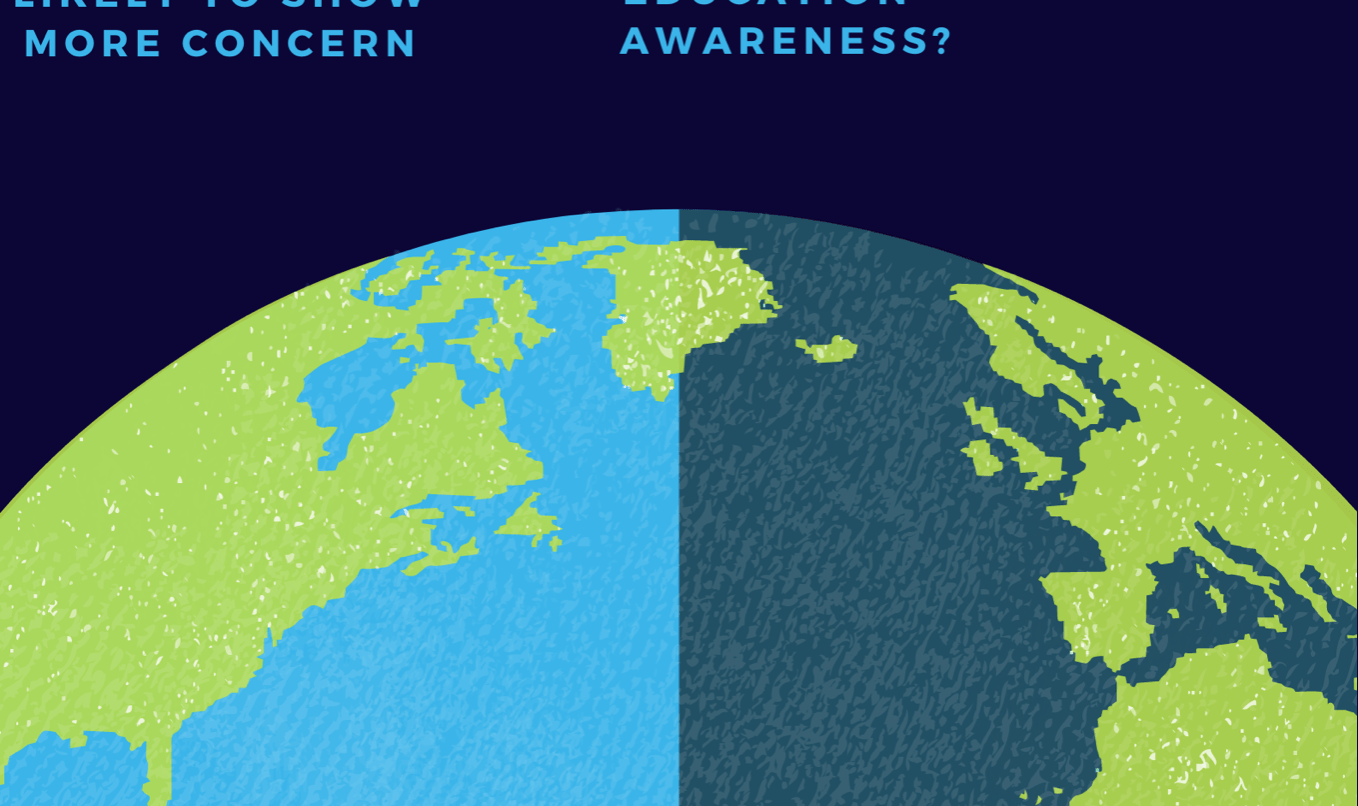Hey everyone,
This is a continuation of last week’s post, as I was inspired to find out how my investigations differed from other research about environmental perceptions.
 Loading...
Loading...
Firstly, let’s talk demographics. As I read other research materials, I realised that women were more likely than men to care more about climate change. I would think that this is because men generally hold higher positions in the socioeconomic ladder and therefore, they are more likely to care more about economic growth (which oftentimes occurs on a different direction from environmentalism). Also, studies have shown that women are affected by climate change disproportionately more than men.
Age of the people also matter, as younger people are more likely to be more concerned about climate change than older people (71% of those people aged 18-29 compared to 50% of those aged 50 and above). Why is this so? Is it because younger people think that they will face the brunt of the effects from environmental issues and older people don’t think that the problems will affect them? This study shows this. However, older people are gradually becoming more aware of these issues.
Education is another factor that plays a big part in the results. More educated people were more likely to be more conscious and care more about environmental issues, as they are taught about the importance of environmental responsibility and their role in this problem. However, that is not to say that less educated people are oblivious to environmental problems, as these people could be the populations that are directly impacted by environmental issues eg. farmers whose main income source is agriculture and such populations are shown to exhibit high levels of awareness towards environmental issues.
Connections between race and environmental problems have been found, with people of color being treated unfairly and given polluted land in the US. I don’t think that race is a defining factor of environmental awareness in Singapore’s terms, as I believe that in Singapore everyone is equally shielded from the impacts of climate change although this study does possibly show the existence and effects of racism here. What do you think?
My short ‘study’ didn’t take into account gender, age, race and education levels. It would’ve been more interesting if I had done that and compared my results to the researchers’.
Next, let’s look at the methods of questioning. This study includes questions which ask if the respondents personally do anything to help the environment (lifestyle choices) and even asked what they do to help the environment as an open-ended question. As mentioned in my previous post, does awareness translate to action? That was one aspect my findings failed to cover which is unfortunate. It would’ve been cool to investigate the links between age, gender, education, race, awareness and action. The lack of open-ended questions in my questionnaire does leave out an endless list of possible responses which could have shown a completely different finding.
All that digging gave me new insight into critically analysing data. What other factors impact environmental perceptions? Let me know. Next up, back to the topic of glaciers!
Clive
